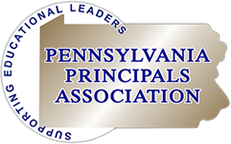Results of Midyear National Principal Survey on COVID-19 in Schools
January 13, 2021
In March 2020, a NAESP survey asked members how COVID-19 had affected their schools. In July 2020, NAESP conducted a follow-up survey to gain insights into how principals were viewing school reopenings. Now, at the midway point in the school year, NAESP has once again reached out to its members to gain insight into how schools are safely conducting classes and whether the necessary funding is in place to appropriately respond to the impacts of the pandemic.
The results of this survey reaffirm the enormous challenges that principals are facing in trying to lead learning communities in the middle of a pandemic. Whether it is implementing procedures to keep staff and students safe, trying to ensure reliable home internet access for students, addressing student learning loss, or boosting mental health and trauma sensitivity supports for students, principals are having to do more with less. The COVID-19 relief package that Congress recently passed is a good first step to help schools in the short term, but for school leaders to appropriately respond in the coming months, additional federal support is urgently needed. This latest survey, conducted in late December 2020, includes 860 responses.
Key Findings
Respondents represent principals in rural (46 percent), suburban (40 percent), and urban (14 percent) schools with more than 75 percent reporting school enrollment of 201 to 750 students.
Overall, since beginning the 2020-2021 school year, just over half of respondents (51 percent) reported that the mode of learning—in-person, hybrid, or virtual—had changed since the first day of school.
The overwhelming majority (99 percent) reported having isolation or quarantine protocols in place in case a student or staff member shows symptoms of COVID-19. When asked whether they know where to get reliable information and data on COVID-19 cases in their regions or states and how to use the information to establish safety protocols, 55 percent reported they “strongly agree” and another 40 percent reported they “agree.”
